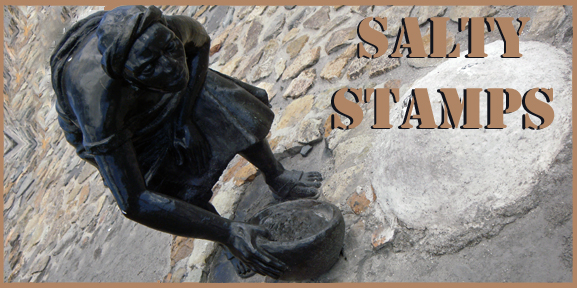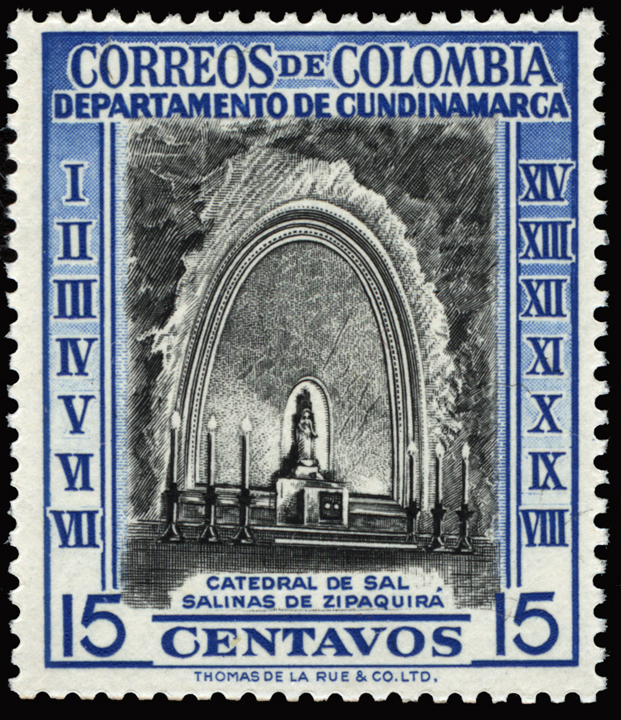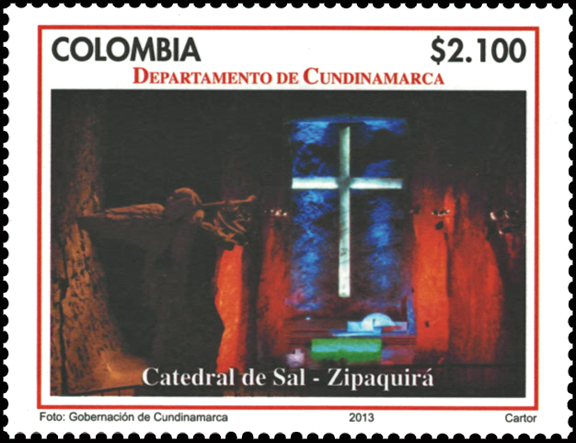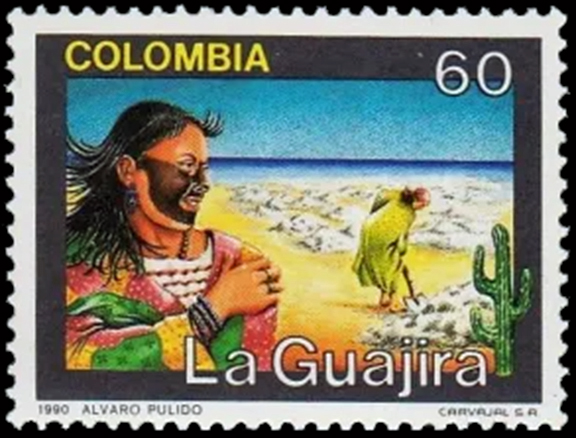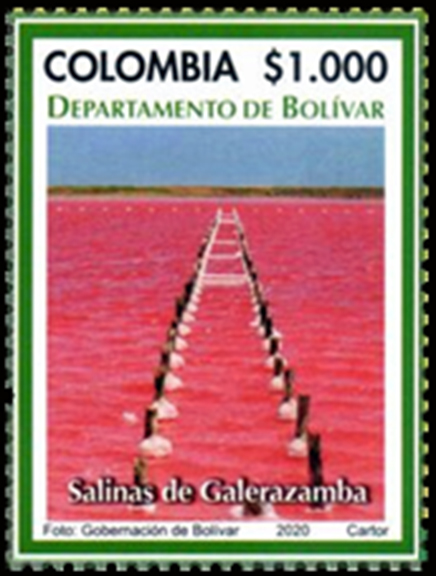Colombia
Salt mining in ZipaquiraS date back to pre-Columbian times. Activity continued in colonial times but it was not until 1816 that the construction of the first of four tunnels began. At the same time salt producers began using cauldrons to obtain grain salt crystals, following suggestions made by Humboldt in 1801 to improve the efficiency of production. The first tunnel that was opened in 1816, a second in 1834, the third in 1855 and finally in 1876 the "Potosai" and "Pesalisa" tunnel was built. In 1932, Luis Angel Arango had the idea of building an underground chapel inspired by the devotion of salt miners who adorned the tunnels with religious images of the saints from whom they sought blessings and protection. A first cathedral was started on October 7, 1950 and inaugurated on August 15, 1953 in an old part of the salt mine. The Salina Cathedral was located on the second level of the mountain and had a length of 120 meters, a height of 22 meters and the capacity for 8,000 people. A structural failure forced the closure of the cathedral in 1992. The construction of a new cathedral 60 meters below the old cathedral started in 1991 and it opened on December 16, 1995.
Go to the Salty Stamps Home Page. © Derrick Grose, 2023 |

